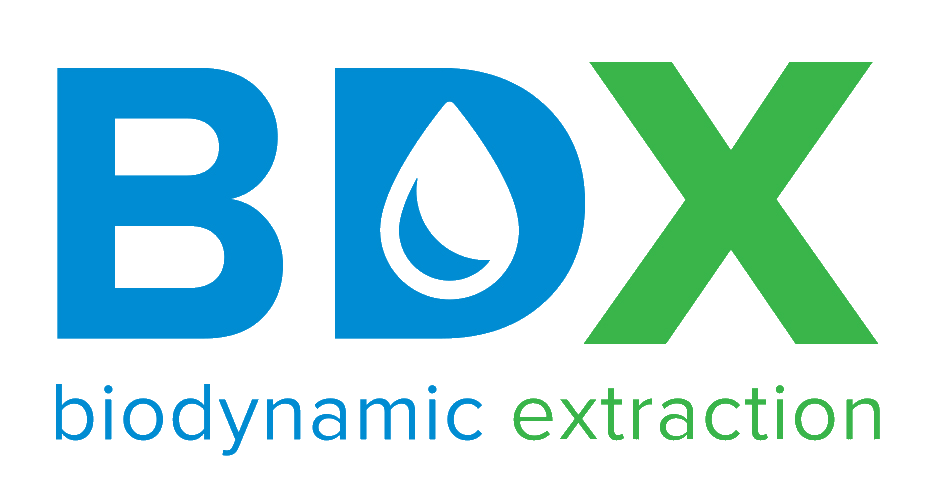How does CBD work?
So, what does CBD actually do?
Have you ever heard of the endocannabinoid system (ECS)? If not, don’t worry. We are here to fill you in! Okay, let’s get up to speed.
A little history
In the 1990s, Lisa Matsuda at the National Institute of Mental Health, was the first scientist to prove the existence of the ECS. Her experiments, which cloned a CB receptor, inspired further groundbreaking research around the world. Since then, scientists have found that endocannabinoids and their receptors exist throughout the human body from our brains to our feet. In fact, all mammals have an ECS as well.
Some definitions
Cannabinoid: a group of chemical compounds that bond to cannabinoid receptors in mammals to regulate a range of physiological functions.
Endocannabinoid: cannabinoids produced in the human body.
Phytocannabinoids: cannabinoids produced in plants, most notably hemp or cannabis.
The endocannabinoid system explained
The ECS has 3 main components: Cannabinoids, Receptors, and Enzymes.
Our bodies naturally produce endocannabinoids to regulate processes in the body such as appetite, memory, and pain management. When these endocannabinoids bind to a receptor, they initiate a response - some more noticeable than others - for example, hunger! Metaphorically, the process is very similar to how a key fits into a lock to open a door. In the ECS, there are two different kinds of receptors, or locks, called CB1 and CB2.
When we consume phytocannabinoids, we are introducing a new key into the lock and key analogy. Individual phytocannabinoids, although a key in the system, don't always fit perfectly into our body’s natural receptors. However, multiple phytocannabinoids can work together to form a key better fit for these locks. This phenomenon is called the “Entourage Effect.” Simply put, it’s when the cannabinoids work together synergistically to regulate processes throughout the body.
Enzymes in the ECS work to regulate cannabinoids in the system and recycle those already used. They are critical to ensuring that the correct amount of cannabinoids are available to maintain homeostasis.
Anxiety, malnutrition, cancer, and many other stressors can all impact our body’s natural homeostasis. This is when the ECS is designed to step in, creating the cannabinoids necessary to attach to our CB1 or CB2 receptors and assisting our bodies back to homeostasis.
How does CBD fit in?
In conclusion, CBD, one of the most common phytocannabinoids, interacts with an individuals’ ECS to positively affect a variety of processes within the body, and this effect can be compounded with the presence of a spectrum of other phytocannabinoids.

